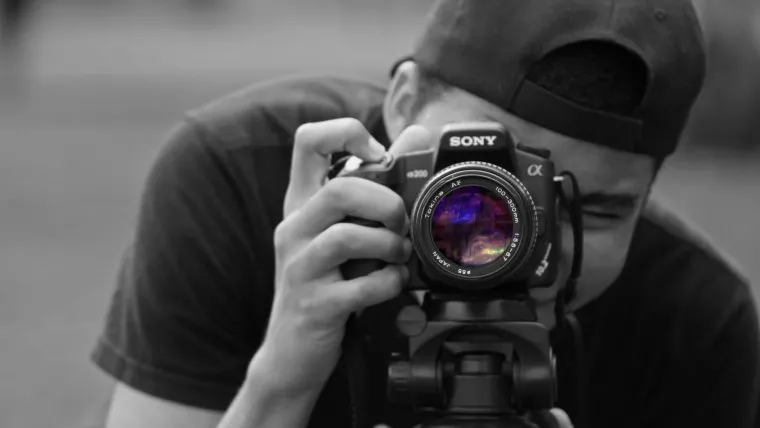
Time to step into that big boy or big girl shoes and explore the world of shooting in RAW format. As a young photographer slowly learning the craft, I can recall always being told or instructed rather shoot in raw image files and use Adobe Lightroom to do my editing. Safe to say it took me a little while before I started to listen and even then up to this day I haven’t been interested in Adobe Lightroom, but none the less use it from time to time because it’s a quick editing tool that helps you to be organized.
The best explanation I’ve ever gotten as to why I should always shoot in a RAW image was this:
Imagine you’re baking cookies. Raw files are the equivalent of a big sheet of cookie dough. The image editor, like Adobe Lightroom Photoshop, is the oven and the final JPEG image is your small, individual, finished cookie. A good cookie depends on the cookie dough so without it, how could you bake? You now understand that a RAW file is the basic structure of your soon to be completed image.
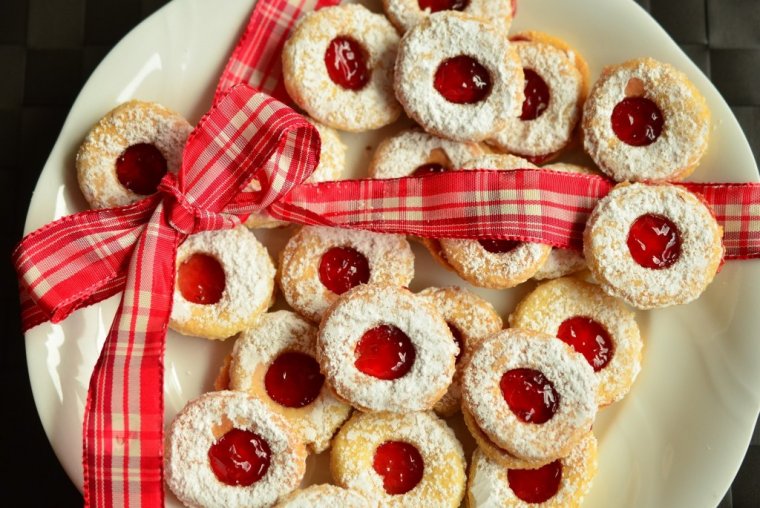
I transitioned over into shooting in RAW image format rather slow and cautiously because I wasn’t sure what I was getting myself into and well after about a week of testing out the file format, I ended up liking it. Mind you there are still photographers to this day that don’t shoot in RAW image format, preferring to shoot in a JPEG image. If you are one of those photographers that are completely fine. However, in this article, I will try to help you gain some perspective as to what are the advantages and disadvantages of shooting in RAW image over a JPG file, and then leave it up to you to decide. Change is always scary, but change is how growth happens so give it a shot at the end of this article and if you’re not into it then keep on doing your thing but if otherwise, welcome to the dark side of photography (just kidding).
So let’s start off by giving you an idea as to what the pros are of shooting in RAW format on your DSLR camera.
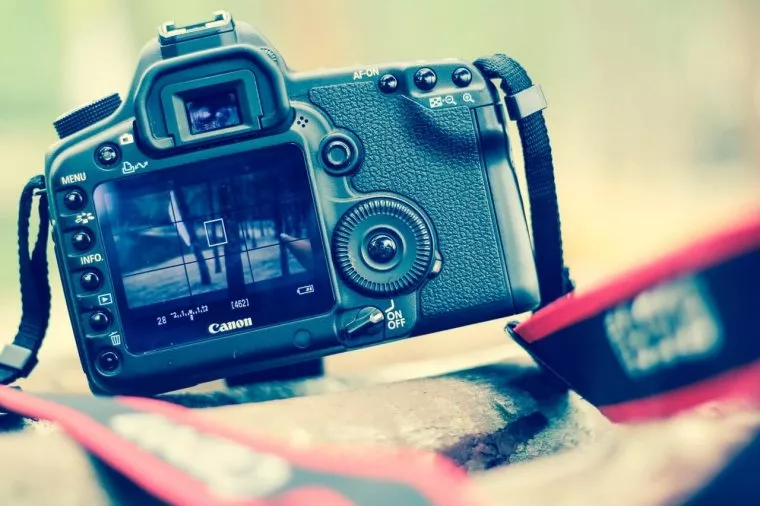
There are some real technical advantages to shooting in RAW image format, including:
Table of Contents
When you adjust your camera setting to shoot in RAW image format, you get the highest quality image your digital camera can get. This is because it is recording all the information from the camera sensor without performing any compression, like it would with a JPEG file.
Raw photography gives you a lot of image data, which allow more room and compression when editing.
A RAW image file also means brighter images. Cameras measure brightness through “bits”. Where shooting JPEG records roughly 256 levels of brightness or 8 bits, RAW image mode has the ability to shoot in 12 or 14 bits which are anywhere between 4000 and 18000 levels of brightness.
Shooting in RAW image format gives you more freedom in post production to correct any mistakes that may have been made in regards to anything from white balance to your exposure level. I was surprised at the options that were opened up to me when I first decided try RAW photography. You can pretty much correct anything you need. We are humans, after all, so not everything we do will come out perfect but having the tools to correct those mistakes are very crucial. If you shoot weddings and birthdays ,everything is going so fast, sometimes you forget to adjust the camera setting aperture, shutter speed or ISO. I ultimately end up sometimes with some horrible underexposed shots or some blinding overexposed ones. If not for RAW images, these would have been complete hell to edit in Adobe Photoshop as I would end up with layers on top of layers just to fix my lighting, then at the end probably end up with a lower quality image than what I took earlier. So if you make mistakes like me then shooting in RAW image format will be your best friend.
Along with all the other things a RAW photo enables you to adjust, the best of them all would have to be sharpness and noise reduction. Fixing this in post processing is a habit. RAW data makes this process easier.
After doing post production tune ups on your image and saving them, we sometimes find where there was something else we should have changed or an aspect of the image that we maybe should have tweaked a little bit. RAW image format also gives us this freedom to go back and readjust all the changes we made earlier in our image. Sadly this characteristic isn’t shared with JPEG files as the more you open them, adjust components and then save again, the image loses its quality more and more. So if you want to be free to revisit your images as much as you’d like but still keep image quality, the RAW image format is definitely for you.
Lastly, as a professional photographer, we need to be giving our clients the highest possible quality we can just in case they plan to print or use them for other reason. Not bashing the pros who use JPEG format and use it well, but in my personal opinion, I think it’s more of a pro move to use RAW image format and provide your clients with the best they could ask for.
Sometimes you’re going to be in low light settings or somewhere that is really bright or may simply have goofed up your settings causing the picture to be underexposed or inversely, overexposed. All the information that shooting in RAW image will give you, allows dramatic recoveries in under or overexposed images without hits to the quality of the image.
For example, take this original file:
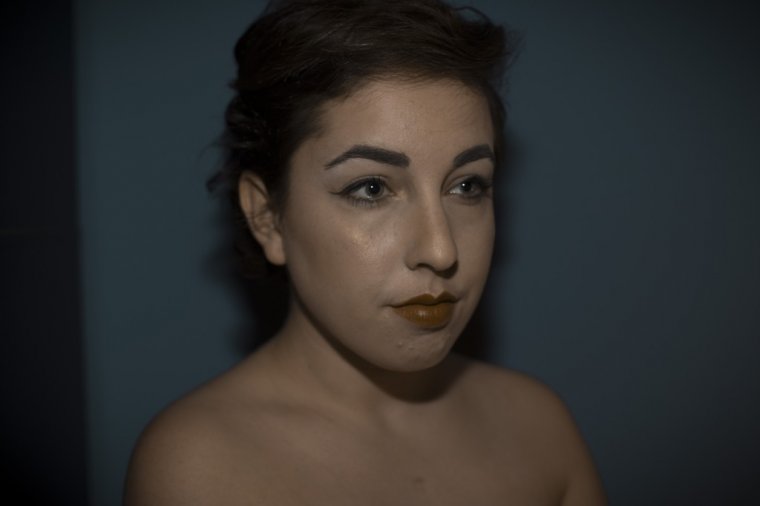
One of the first things you notice is how dark the photo is. Parts of the face are a bit too shiny while others have deep shadows, also some of the colors would look better if they were a little more vibrant.
Shooting in RAW image format allows me to manipulate everything in this photo – brightness, highlights, colors, exposure, shadows, contrast, etc. The end result looked like this.
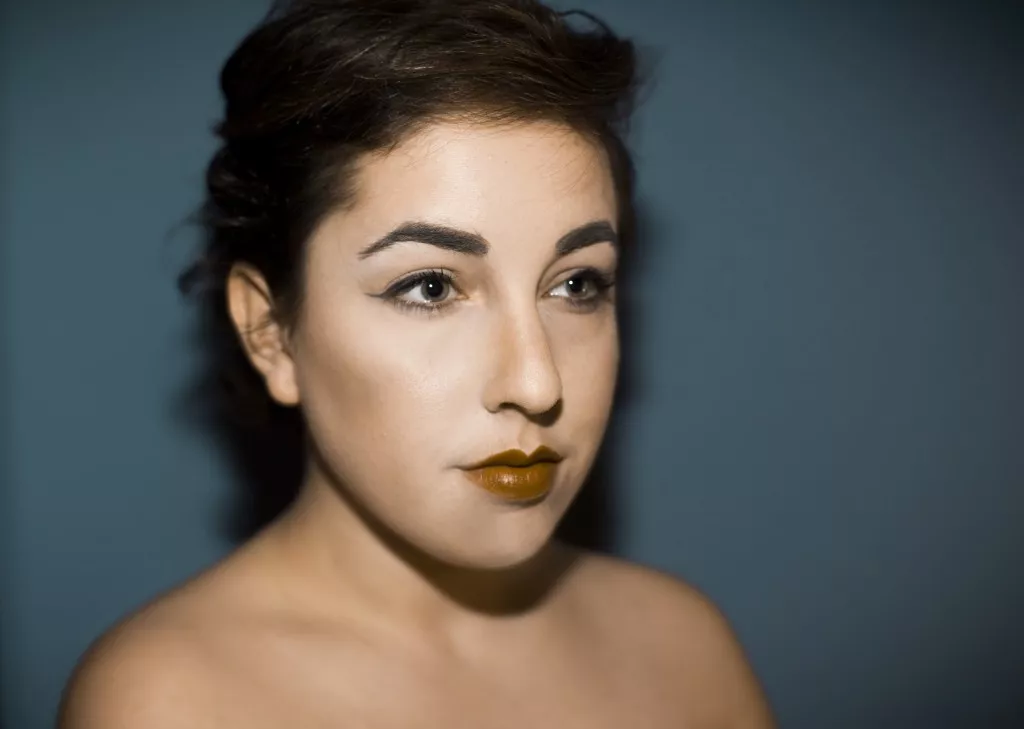
While the finished product is certainly a testament to the wonders of Adobe Photoshop, the contrast between the beginning and end product are the result of RAW editing.
As you can see, I showed you here the before and after which highlights another wonderful feature of shooting RAW.
My original file has not been altered. It remains the same and untouched. However, every edit I make creates instructions on how the new JPEG file will be saved. Worry no more about losing images, accidentally ruining them or saving them without being able to make changes. This way you can do different things with the same file without duplicating the image and slowly losing quality over time, as you would with JPEG files.
Being that these files carry more raw information and data, they tend to take up a lot more space than a JPEG file. Remember it is giving you everything as is, not a compressed file. So if you plan to shoot in RAW image for an entire session, I only hope you have a few extra memory cards or a huge one for all that space it’s about to take up.
Your digital camera might take a bit more time recording the information from the sensor than a JPEG would. Again reason being that the file is so large and the information is not compressed, your camera will be doing its best to write this information to the memory card as fast as possible. This might pose an issue depending on the nature of the event you’re at whether it’s a sporting event or party. If you’re doing continuous shooting, you may find a few points where your camera says busy or recording and you can’t really much than to just wait. This can be annoying at times and a huge inconvenience to clients.
This brief overview should help you understand and hopefully convince you to try shooting in RAW image format. For more information, check out this video on all the technicalities of RAW mode.
Hope this helps and happy shooting, y’all!
Comments (2)
I’d like to add one very important con: you don’t have a JPEG right away! My recommendation would be to use the RAW+JPEG setting if your camera supports it: that way you have a RAW “negative” and at the same time a JPEG to quickly transfer to your phone, share with friends etc.
This was a really great article but when I rated it I wanted to give it 5 stars I accidently gave it a lesser rating. I shoot in raw for his reasons given.